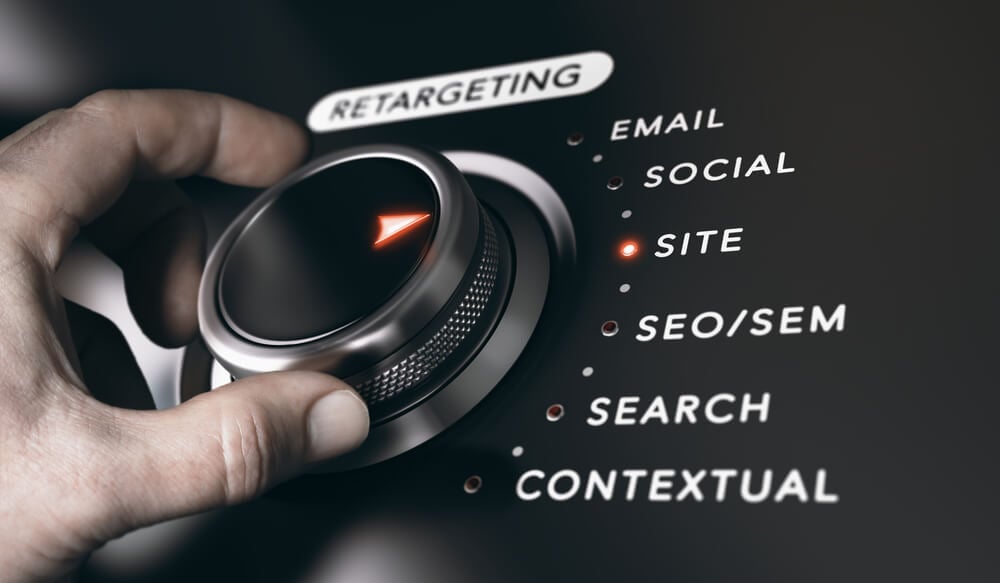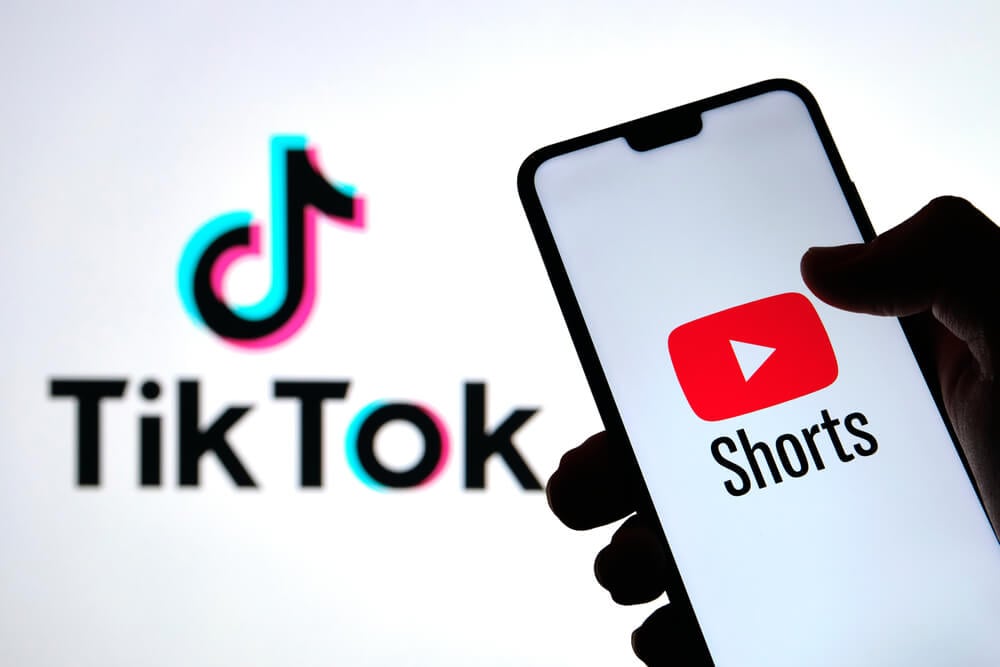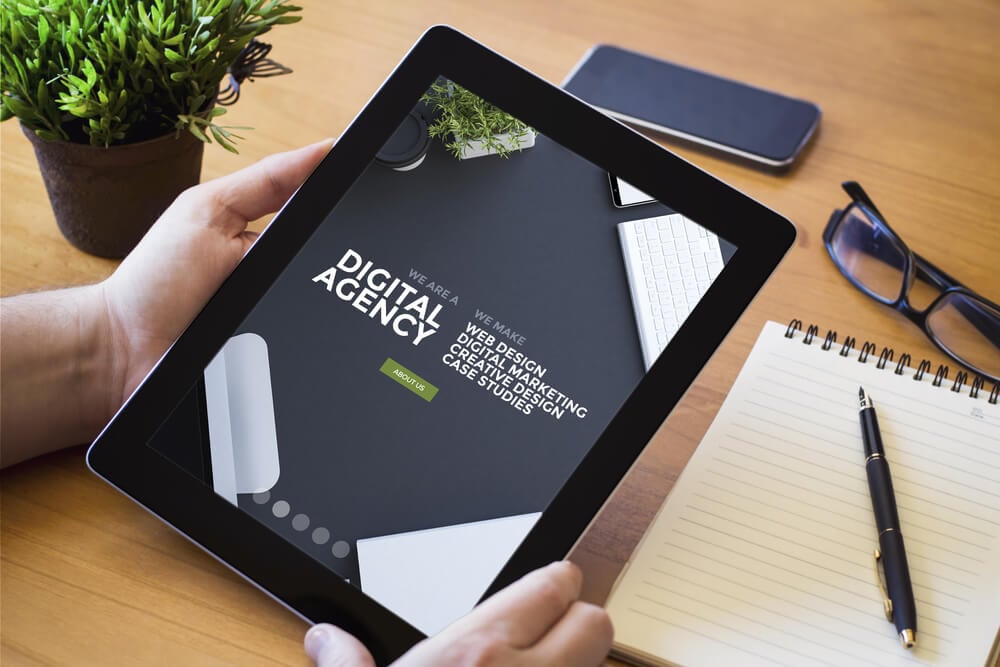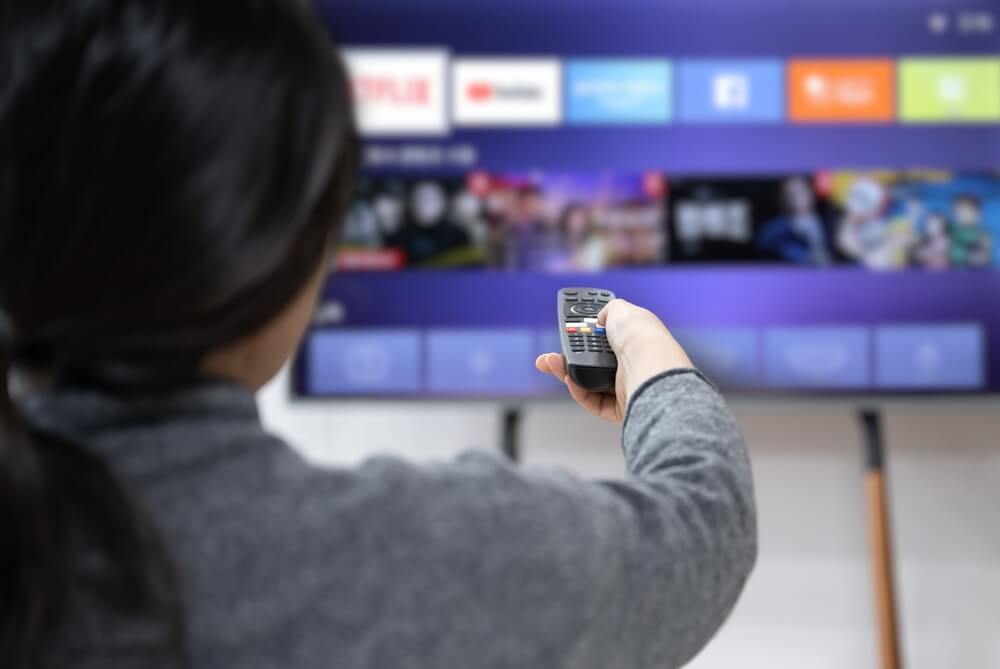Did you know that most (73%) customers prefer to shop across multiple channels over exclusively shopping online or in-store? In fact, 20% of customers in the same report said they like shopping in-store, with more than two-thirds reporting they use a digital device to research and browse before going in-store to make a purchase.
This is where an omnichannel presence becomes essential because 90% of customers also say they want consistent reactions with brands across all channels. Omnichannel marketing services allow your brand to target customers with seamless, high-quality customer experiences at every touchpoint. A strong omnichannel marketing strategy can help your brand retain, on average, 89% of customers compared to just 33% for brands with weak omnichannel strategies.
To help maximize your exposure, here are our top tips for omnipresent marketing and building a solid strategy.
What is Omnichannel Marketing?
HubSpot defines omnichannel marketing as "a lead nurturing and user engagement approach in which a company gives access to their products, offers, and support services to customers or prospects on all channels, platforms, and devices."
Sometimes called omnipresent marketing, an omnichannel strategy would entail reaching customers on all their most active channels with consistent experiences, making your brand more memorable because they know what to expect at every touchpoint — no matter what channel they're using through the customer journey.
This strategy replaces traditional siloed approaches where online and in-person touchpoints were separate, not to mention each platform had individual teams interacting with customers differently.
An omnichannel experience for consumers, on the other hand, brings all of your departments and teams together through a well-written and clear brand guide that includes:
- Your brand's history, values, vision, mission, etc.
- Logo Guideline
- Typography such as text font, spacing, size, etc.
- Color Palette
- Voice and tone, and other rules for public interactions and communication
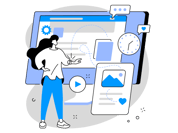
Popular Examples of Omnichannel Marketing
These famous brands know that being everywhere and easily accessible to everyone makes their brand irresistible to consumers.
- Coca-Cola — when Coca-Cola runs ads, you see them in print, display banners, social media, billboards, TV, store displays, and more.
- Amazon — customers can access their Amazon profiles on everything from the website and app to smartwatches and Alexa devices.
- Starbucks — in their loyalty rewards program, Starbucks lets users run the program through the app, add money on their website, and pay through the app in person.
How to Build an Omnichannel Strategy

A lot goes into building an omnichannel strategy, and a strong one cannot be summed up in just a few sentences.
However, we can help you get started with a few tips:
- Omnichannel marketing takes time, so start building an online presence among your target audience through your website and social media platforms. If you already have these channels set up, optimize them.
- Although this tip isn't relevant to every industry (but most), a solid next step would be to create an app for customers to conveniently access their rewards, profile, and other helpful features.
- From this point on, you may start adding channels to your mix as you see fit. As you begin this, ensure your teams solve customer issues at every touchpoint. An excellent way to ensure this is to have your teams up-to-date on your brand's customer journey.
- Use consistent messaging — not the same exact messaging — throughout channels by effectively rewording and adhering to channel-specific guidelines and languages.
- Always include call-to-actions (CTAs) in your messaging so buyers know what you want them to do or take away from the message. CTAs are another tactic that should be specific to the channel and your purpose.
- Partner with an agency that fully understands how to execute an omnichannel strategy. Instead of working with multiple agencies, choose one that offers full-service solutions for a cohesive omnichannel approach that gets results.
Omnichannel Marketing Trends
When building your omnichannel marketing strategy, take note of the most popular trends that will influence your success in omnichannel marketing:
- Personalized customer experiences.
- Video marketing is the most popular form of content consumption.
- In-person shopping has increased in popularity since Covid-19, but customers want digital access as well (i.e., buy online, pick up products in-store)
- Contactless transactions are and will continue to be an essential feature to include in your brand's shopping experiences.
What Omnichannel Marketing Benefits Can You Expect?
When you employ an omnichannel marketing strategy, you can benefit from various advantages over the competition.
However, the most noteworthy benefits include:
- Improving your customer lifetime value (by as much as 30%, in some cases)
- Increasing customer retention (average 89% compared to 33%)
- Making operations more efficient
- Boosting sales and revenue (9.5% YoY compared to 3.4% YoY)
- Better customer experiences and satisfaction with your brand (consistency enhances their experience because it makes them feel more familiar with your brand, which 59% of consumers prefer to purchase from)
- Utilizing consumer data from all channels, enriching your insight into your target audience (better targeting opportunities!)
Partner With CoxNext for Your Next Omnichannel Marketing Campaign
Creating a strong omnichannel marketing strategy takes time, a lot of trial & error, commitment to your brand identity, and a thorough understanding of your target audience. Partnering with a media expert can help your brand skip over some common trial & error and get straight into the heart of reaching the right people with your messages.
Work with CoxNext for omnichannel marketing services that go beyond the traditional siloed strategies (that your competition is still using) to reach your target audience with seamless, consistent experiences.






